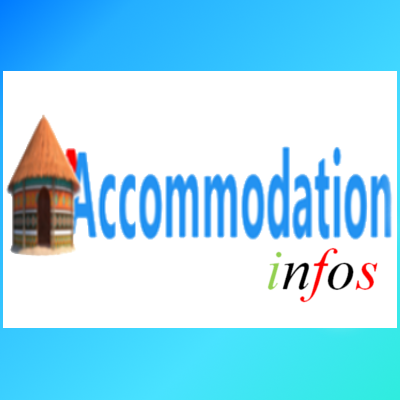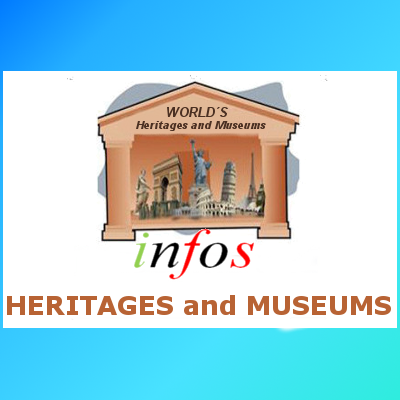What You Need To Know about Almaty
Almaty is the Kazakhstan’s largest metropolis, scientific and educational, cultural and historical, economic and financial, banking and industrial center of the country.
Almaty is located in the south-east of Kazakhstan, at the foot of the northern of Tien Shan ridge – Zaili Alatau. The urban territory of Almaty, the home-town of the famous variety of apples “Almaty aport“ has more than eight thousand hectares occupied by gardens and parks, squares and boulevards. Ile-Alatau National Park, whose territory includes nature reserve and wildlife sanctuary, begins right in the Almaty vicinity.
In 1997, by decree of Nursultan Nazarbayev, the President of the Republic of Kazakhstan, the country’s capital was moved from Almaty to Astana. The Law on the special status of Almaty was passed the following year, on July 1, 1998. The city is a major transportation hub in Kazakhstan; it has food processing, light and heavy industry enterprises operating on its territory. The special status is also granted to Almaty because the headquarters of the largest Kazakh banks and subsidiaries of multinational financial institutions and companies are located in it.
Area:682 km²
Population:1.95 million (2013)
Currency
- The Tenge has been used as the currency for Kazakhstan since it replaced the Russian Ruble on 15 November 1993. The term Tenge means “a set of scales” in the Turkic languages. The Tenge is divided into into 100 tïın.
Kazakhstan is one of the last countries in the Commonwealth of Independent States (CIS) , the former Soviet Republics, to introduce a national currency.
In 1991, a “panel” of the designers was created to introduce a new national currency.
On November 12, 1993, a decree of President of Kazakhstan, “On the introduction of the national currency of the Republic of Kazakhstan” was published leading to the introduction of the Kazakhstan Tenge on November 15, 1993. As such, November 15 is celebrated the “Day of the national currency of the Republic of Kazakhstan.”
In 1995, a Kazakhstan Tenge printing factory was opened. The first consignment of Kazakhstan Tenge was printed abroad in the United Kingdom. The first coins were minted in Germany. - US Dollars, Euro and other major currencies can be easily exchanged to Tenge and back in official exchange bureaus and banks. It is advisable to keep all documents for money exchange until departure from Kazakhstan.
The majority of European and international credit and debit cards, including Visa, Master Card, Euro Card are accepted in most hotels, large shops and restaurants of Astana and Almaty. In other cities, it is recommended to check with your hotel whether they accept credit card payments or not. Traveller’s cheques are not common in Kazakhstan and they are most likely not accepted.
Weather
The best time to visit Almaty will be when the average temperatures are at a comfortable level (between 20°C / 68.0°F and 30°C / 86.0°F on average) which is during months June, July and August. Other great months to visit Almaty are April, May, September and October when the average temperatures are a little cooler but still between a pleasant 10°C / 50.0°F and 20°C / 68.0°F. If you don’t mind bringing a coat, you might also enjoy visiting Almaty during March and November but average temperatures are fairly cool (between 0°C / 32.0°F and 10°C / 50.0°F).
Almaty can become a little chilly in other months of the year with temperatures sub zero °C / 32.0°F. If you don’t mind the cold, then visit during January, February and December. But don’t forget to pack your thermals!
The warmest time of year in Almaty is in July when it is 23.65°C / 74.6°F on average, but could get up to 29.7°C / 85.5°F maximum. On the other hand, the coldest time of year in Almaty is in January when it is -6.2°C / 20.8°F on average, but could get down to -11.1°C / 20.8°F minimum.
Language
The Constitution declares Kazakh as the state or official language, and requires that the President of the country be a speaker of the language. Russian is the second official language but both are recognized for commercial purposes. While Kazakh is spoken by about 64.4{a96ab6b0d0fe404c3260e7a20056f8470be0a0caf06262478344cef0e4b1ab9c} of the population, Russian is spoken by almost everyone—or 95{a96ab6b0d0fe404c3260e7a20056f8470be0a0caf06262478344cef0e4b1ab9c} of the population. Kazakh is a Turkic language in Cyrillic script, with its modern form utilizing many foreign words such as Russian, Persian, Arabic, Mongol, Chinese, Uzbek and Tatar. To many foreigners in the country Kazakh is difficult to understand or pronounce, and Russian is harder to learn. In spite of efforts to stamp out the Russian language especially after the country gained its independence in 1991, Almaty province and the northern areas have remained predominantly Russian-speaking.
The other languages that are also spoken in the country include German, with 958,000 speakers; Uyghur, 300,000; Ukrainian, 898,000; Tatar, 328,000; Belarusau, 183,000; Korean, 103,000; Polish, 61,000; Greek, 47,000; and Romanian, 33,000. Kazakh and Russian have 5,290,000 and 6,230,000 speakers, respectively. English, another foreign language, has been gaining popularity among the young generation since the collapse of the Soviet Union. It is spoken by 30{a96ab6b0d0fe404c3260e7a20056f8470be0a0caf06262478344cef0e4b1ab9c} of city dwellers and by many people in the customs department and airports. Turkish is also spoken by many people who have found some similarities between it and the Kazakh language. Travelers are advised to have some Russian and Kazakh language knowledge and skills to be able to get around the country well.
Health and security
- The Republic of Kazakhstan is one of the largest and fastest growing post-Soviet economies in Central Asia. Despite recent improvements in health care in response to Kazakhstan 2030 and other state-mandated policy reforms, Kazakhstan still lags behind other members of the Commonwealth of Independent States of the European Region on key indicators of health and economic development. Although cardiovascular diseases are the leading cause of mortality among adults, HIV/AIDS, tuberculosis, and blood-borne infectious diseases are of increasing public health concern.
Since the post-Soviet era and as the result of reforms, health care in Kazakhstan has developed and evolved into a stable government function that is designed to provide high-quality medical and related pharmaceutical and rehabilitation services to the population. One of the main priorities of the central government of Kazakhstan is the modernization of a high-quality health sector and development of an integrated health care system that utilizes high technology. - Petty theft, while not common, continues to be the most likely crime perpetrated against tourists. Pickpockets tend to frequent tourist sites, open-air markets, and heavily-traveled public transportation, especially mini-buses.
Drunken/disorderly behavior is commonplace, particularly in bars and nightclubs. Incidents involving assaults, petty theft, robberies, driving mishaps, and violent verbal exchanges can often be traced to alcohol.
isitors should be aware that police have the authority to stop individuals without reasonable suspicion or probable cause. All citizens and visitors must present an official form of identification (such as a passport or a certified copy) to an officer upon request.
DON’T
- Certain scams are common in Kazakhstan, such as the “lost wallet ploy”, where a thief claims to find a wallet and then tries to split the money with you. His partner saunters up and says it’s his wallet and forces you to give him money.The twist on this scam is the person who comes looking for a lost wallet and demands you show your purse or pocket to prove you haven’t stolen it. The thief then grabs all your belongings and darts away.
- Areas to stay away from at night include all parts of Almaty below Tashkentskaya Street — travelers have reported muggings and being drugged in and around bars.
DO
- Probably the highlight of any fleeting visit to Almaty, Panfilov park is a huge square of beautiful trees, clean cut grass and ice-cream vendors.In the centre of the park is the Zenkov Cathedral, made entirely from wood (nails included), it’s said to rival St Basil’s cathedral in the Red Square.
- If you’ve still got time to spare, head over to one or both of these flea markets. Zelyony is right beside Panfilov park and is a great place to stock up on some organic local food and veg for the next leg of your train journey. Barakholka is a more ethnic, immigrant affair with Chinese, Russian, Kyrgyzstani and Uzbek vendors selling endless trinkets related to their cultures.










